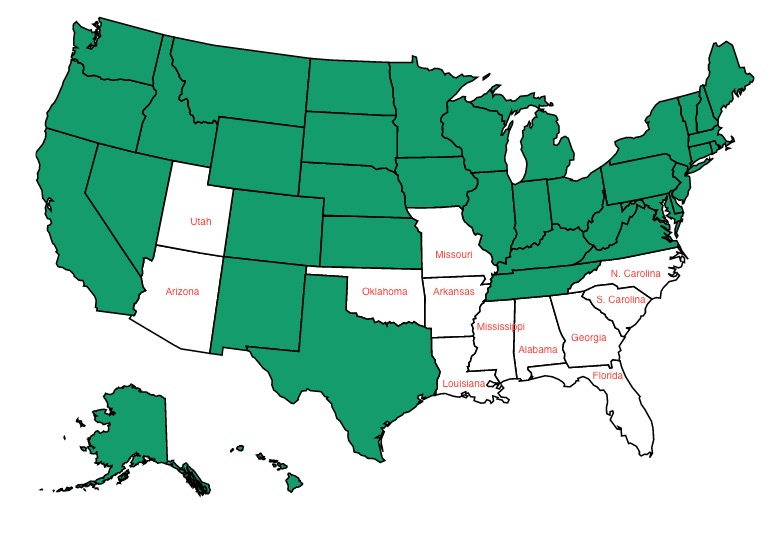Do you know who this woman is? No … well, you should.
Her name is Alice Paul and she is one of the most influential and significant advocates for women’s rights in history. Along with Susan B. Anthony, Elizabeth Cady Stanton and scores of others, she advocated for and helped secure passage of the 19th Amendment to the US Constitution, granting women the right to vote.
She was born on January 11, 1885, the eldest of four children. Alice’s parents, both Quakers, embraced gender equality, education for women, and working to improve society. Her mother, a suffragist, brought her daughter with her to women’s suffrage meetings. Alice studied at Swarthmore College in 1905 and went on to do graduate work in New York City and England. While in London from 1906 to 1909, Paul became politically active and unafraid to use dramatic tactics in support of a cause. She joined the women’s suffrage movement in Britain and was arrested on several occasions, serving time in jail and going on a hunger strike.
When she returned to America in 1910, she became a leader in the suffragist movement in the US, eventually forming the National Woman’s Party with Lucy Burns and becoming a key figure in the voices that led to the passage of the 19th Amendment. Not standing on her laurels, she next authored the Equal Rights Amendment in 1923, which has yet to be adopted. In her remarks as she introduced the Equal Rights Amendment in Seneca Falls in 1923, Alice Paul sounded a call that still has great significance nearly 100 years later:
“If we keep on this way they will be celebrating the 150th anniversary of the 1848 Convention without being much further advanced in equal rights than we are…If we had not concentrated on the Federal Amendment we should be working today for suffrage…We shall not be safe until the principle of equal rights is written into the framework of our government.”
Read more about this remarkable and influential woman here. Want to know more about the ERA? Simply scroll down and read our “Equal Rights Amendment – A Primer.”

The Equal Rights Amendment is now one floor vote in the Senate away from finally becoming the 28th Amendment to the US Constitution. With its ratification last year by Nevada, Illinois and finally Virginia, the amendment has been cleared by the requisite 38 states and ready to be written into our Constitution. While there are still hurdles to overcome, such as the original deadline for ratification passed nearly 40 years ago, we are moving closer. The House has passed a resolution, allowing a waiver of the deadline. A similar resolution is currently on the floor of the Senate.
But what exactly is the ERA and … why all the fuss in the first place?
Let’s start our “Primer” at the very beginning with what the proposed amendment is and what it says exactly:
The Equal Rights Amendment is a proposed amendment to the United States Constitution designed to guarantee equal legal rights for all American citizens regardless of sex. It seeks to end the legal distinctions between men and women in terms of divorce, property, employment, and other matters.
What is the complete text of the Equal Rights Amendment?
Section 1: Equality of rights under the law shall not be denied or abridged by the United States or by any state on account of sex.
Section 2: The Congress shall have the power to enforce, by appropriate legislation, the provisions of this article.
Section 3: This amendment shall take effect two years after the date of ratification.
This wording has been the text of the Equal Rights Amendment since it was composed by suffragist leader and women’s rights activist Alice Paul in 1943. It is simple, it is clear and will, when written into the Constitution, legally protect all citizens—regardless of sex. That’s it. It will not take rights away from one sex and give them to another. It will not invalidate or make less of anyone because of their sex. It does not say that men and women are the same—it says they are equal. Equal means equal, nothing more, nothing less.
Next week, we’ll look at where some of the “fuss” over this amendment came from, some of the misconceptions and disinformation about it and why this continues today.
To learn more in the meantime, check out equalrightsamendment.org. The map below notes the current ERA passage by state.


Annie Sokoloff
Annie Sokoloff is the founder of Another Voting Woman, a site which encourages women to find and hear their own voices, reminds them how strong they are and always have been and motivates them to use that strength in everything they choose to do. Inspired by her background and dedication, we do our best to provide articles and other resources that will educate and inspire women to take a stand for what they believe in. You can subscribe to Annie's site here.
